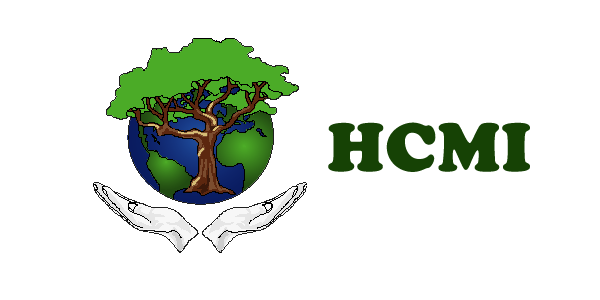 Malassezia, otherwise known as Pityrosporum folliculitis (PF) is an inflammatory skin disorder that typically manifests as a pruritic (itching), follicular papulopustular eruption (pus filled blisters) distributed on the upper trunk of young to middle-aged adults. Yeasts, specifically Malassezia furfur, are the pathogenic agents in Pityrosporum folliculitis and have been linked to several skin diseases, including seborrheic dermatitis, folliculitis, pityriasis versicolor, and atopic dermatitis.
Malassezia, otherwise known as Pityrosporum folliculitis (PF) is an inflammatory skin disorder that typically manifests as a pruritic (itching), follicular papulopustular eruption (pus filled blisters) distributed on the upper trunk of young to middle-aged adults. Yeasts, specifically Malassezia furfur, are the pathogenic agents in Pityrosporum folliculitis and have been linked to several skin diseases, including seborrheic dermatitis, folliculitis, pityriasis versicolor, and atopic dermatitis.
Malassezia is part of the normal skin flora. In the U.S., Malassezia organisms can be found on the skin in 75-98% of healthy people, even higher numbers of the yeast are present on the chest and back. Colonization by M furfur begins soon after birth, and the peak presence of the yeasts occurs in late adolescence and early adult life, coinciding with increasing activity of sebaceous glands and concentration of lipids in the skin.
Pityrosporum folliculitis may be a bothersome condition, but the lesions are benign. Some underlying conditions that predispose the patient to Pityrosporum folliculitis include diabetes mellitus, immunodeficiency, and systemic candidiasis. Consider the presence of predisposing conditions when Pityrosporum folliculitis is diagnosed.
